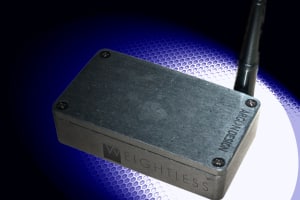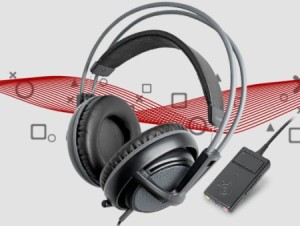Bridges play very important role in communication. But every bridge has its durability and after expiry, it may collapse anytime if necessary steps are not taken. However, keeping that in mind a design group in the U.K. has showed off a model of a bridge equipped with a series of sensors that will offer governments and structural engineers a way to see weak spots in a bridge before it fails.
The design group has used a technology called the Weightless, built by chip company Neul. The technology works via a machine-to-machine-style network using the white spaces spectrum in between TV channels. They showed a model bridge equipped with strain gauges sensing displacement in the bridge structure are connected to a pre-qualified Weightless terminal device. This communicates over a Weightless air interface to a base station that could be sited several kilometers from the bridge. In this demonstration a user application processes the data to determine when the parameters measured by the sensors integrated into the bridge structure fall outside of expected values to warn of potential structural problems such as metal fatigue and degradation.
As the wireless signals will travel longer distances than both Bluetooth or Wi-Fi, making it ideal for large-scale deployments of sensors. It would also use unlicensed spectrum so people using the technology don’t have to pay data fees to carriers.
However, the bridge demonstration,which used a model bridge, was the first public demonstration of the weightless technology in action. The idea behind the Weightless standard is to create a machine-to-machine network analogous to Wi-Fi or Bluetooth for the internet of things. The technology is supported by Google, ARM, CSR and others. For more details, visit Gigaom.
Source: Gigaom
[ttjad keyword=”best-selling-gadget”]


